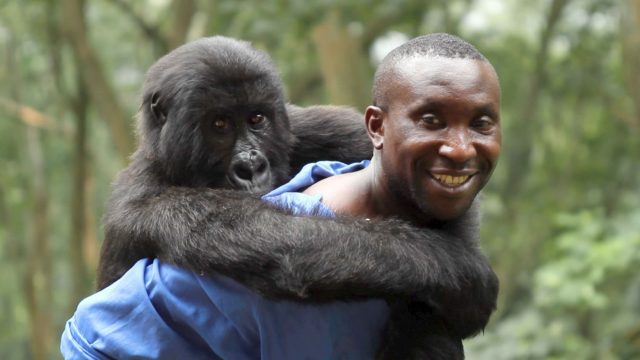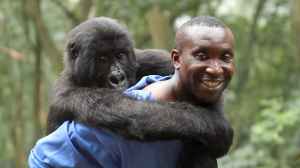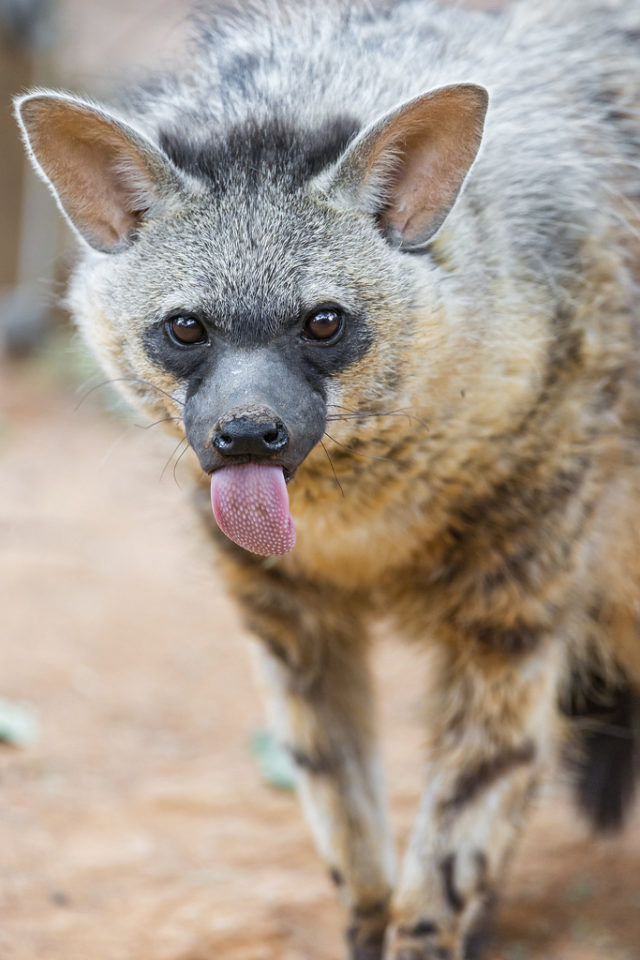It is Science Week in Ireland this week and to mark the occasion I thought I would share out top five science and nature picks from Netflix.

1. The Human planet (BBC Production)
We are loving this documentary series covering the life, habitat and customs of a diverse number of tribes and cultures;from the tree dwelling Korowai tribe of Papua New Guinea to the Bajau people of Indonesia who live their entire lives on boats on the water.
2. Africa
Anything with Sir David Attenborough is worth watching and this series is yet another gem. There are some wonderful and “never before” scenes covering the night life of the rhinos (who knew that males are known to adorn themselves with antlers to impress the “ladies” down by the local watering hole) and a spectacular fight between two male giraffes.
3. Mission Blue (Netflix original)
An eye opening documentary with some wonderful under water footage with an honest and startling look at human impact on our oceans.
Oceanographer and eco-activist Sylvia Earle’s urgent mission to expose the dire condition of Earth’s oceans is captured in this documentary directed by Fisher Stevens, Academy Award-winning producer of “The Cove,” and Academy Award nominee Bob Nixon. Earle explains that the condition of our oceans, rapidly dying due to pollution, over-fishing, and acidification, is an ecological catastrophe soon to have a devastating impact on all life on Earth.

Sylia Earle is an articulate and inspiring woman ….
“If you take something apart to see how it works, always remember to keep all the pieces so you can put it back together again; when we take the ocean apart we are loosing the pieces … we will be unable to put it back together!”
“If we continue as ‘business as usual’ we are in real trouble”
“no ocean – no life”
4. The life of Mammals
Another documentary featuring Sir David Attenborough, this time looking at mammals, from the well known to the bizzare, including two of my favourites (and previously mentioned here on this blog)… the only two monotremes (egg laying mammals)… the Echidna and the duck billed platypus.
5. Virunga
This is brand new, just streaming on Netflix since Friday 7th November. We have this bookmarked as our Friday night Netflix treat!
Netflix is teaming up with Leonardo DiCaprio to release the documentary Virunga. The film from director Orlando von Einsiedel centres on the conflict between park rangers striving to protect endangered gorillas from poachers and industry encroaching on their habitats in Virunga National Park in the Democratic Republic of Congo.
The film follows an embattled team of park rangers at Virunga National Park, home to the last of the planet’s 800 mountain gorillas, as they work to fend off encroaching forces of industry, poaching, corruption and war. The award-winning film debuted at the 2014 Tribeca Film Festival, earning a nomination as Best Documentary Feature, and was named Audience Favourite at Hot Docs Film Festival and Best of Fest at AFI Docs, among other awards.
So there are just five of our current favourites but there are so many more to choose from, we will be back with more very soon. And of course the best thing is that it doesn’t have to be Science Week to watch them… you can watch these documentaries any time you want!!!
Disclosure: As a member of the Netflix Stream Team I have received a years subscription to Netflix, free of charge, and an Apple TV, for streaming purposes. As part of Netflix Stream Team I will be posting monthly updates on what we are watching and what is on offer. All opinions expressed will be my own.



